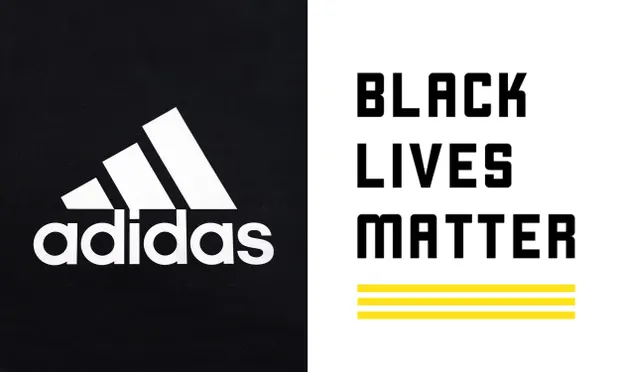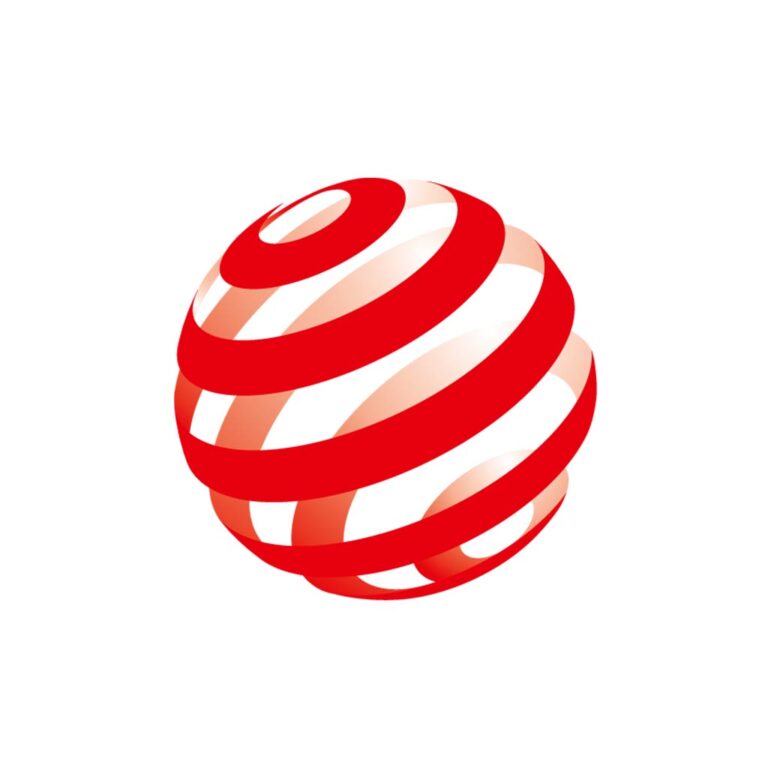Adidas vs civil society? Trademarks and law!
According to a report by the Guardian, Adidas took action against the grassroots movement Black Lives Matter. After a public outcry, however, Adidas immediately withdrew its opposition a few days later.
The subject of the dispute is three stripes that appear both in the signets of the brand giant and the movement. Adidas argues the movement’s logo is too similar. Can there be confusion? And how does it come about that global companies come into conflict with civil movements?

Branding Here, there, everywhere?
Branding, the identification of products, services or intangible goods, has existed for a long time. Craftsmen have been labelling their goods since ancient times.
As a discipline, branding originates in the early twentieth century with the dawn of consumer culture. This gives companies a competitive edge over their competitors.
Today everyone and everything markets themselves. Durch die sozialen Medien werden Individuen die Werkzeuge gegeben, sich selbst vor einer breiten Masse darzustellen. Whether as an influencer or mini-producer, logos, photos, and texts are used to present yourself or what is produced to gain the favourable attention of the broad masses.

How important is branding in civil society?
Civil society projects are also in competition and struggle for attention. They use similar communication channels as companies and send their messages there.
A “brand” in the colloquial sense can exist independently of the formally legally effective entry in a trademark register, if only through use. In the legal sense, however, it is necessary for a trademark that a sign is suitable for distinguishing the goods or services of one company from those of other companies.
So why does a political movement need a brand at all? These are not market participants who offer goods or services. But of course, in addition to the external image, branding also plays a vital role in the internal image of the activists. Branding creates identification with an idea, defines understandable and short messages and creates a sense of community.
A well-designed logo, slogan or visual identity makes it easier for supporters to share information about the movement on social media or other channels. In addition, research on the rights to word and figurative marks is in the background. Last but not least, civil society projects are not seen as commercial enterprises and, at least initially, have no legal form.
Black Lives Matter Global Network Foundation
The brand “BLACK LIVES MATTER” has long been registered in the USA as a word mark, not a symbol.
In this specific case, however, the BLM Foundation also wanted to secure the rights to the figurative mark shown above – including for the “clothing” goods. In addition, the BLM Foundation probably wanted to prevent other free riders from appropriating their logo and earning money with the merchandise. Adidas of course took issue with another three-stripe brand in the apparel class.
But does this make any sense? The two logos look different; everyone can see that!
When the two signs are viewed side by side, the risk of confusion is small. However, it is not just a question of actual confusion in the case of well-known brands. Adidas also cited the risk of the brand being “diluted”, as a reason for its objection. The case law never assumes that a consumer has both brands in front of him for comparison – it is assumed that a memory of a diffuse image is stored. Associations can suffice.
Would Adidas have had a chance to get away with it?
After a public outcry, however, Adidas immediately withdrew its opposition a few days later. But otherwise, it would have been unlikely that the US Trademark Office would refuse the new trademark registration of the BLM Foundation due to Adidas’ opposition. This is because the dominance of the word elements and the visual differences are too great here. But Adidas, like other fashion brands, takes strict action against competitors who tend to approach their brands, mainly the three stripes, with varying degrees of success. For example, in 2016, Adidas prevented the registration of the following shape mark based on their three-stripe shoe design:

Why is trademark protection still important in general?
A brand is a valuable thing. It serves to retain customers through positive associations and distinguishes services from competing offers in a recognizable way. If a trademark is not protected, other companies can create confusion with similar logos, slogans or other elements. If a brand is protected, legal action can be taken against it, and unauthorized use can be prevented.
However, to what extent a claim is legitimate, e.g. the Adidas vs Black Lives Matter case, is often difficult to clarify. At first glance, it seems questionable and ethically incorrect that global corporations can take action against non-profit organizations. However, it is important that this is possible.
Because brand owners should always have the opportunity to differentiate themselves from other companies or movements. Because suppose there was a risk of confusion between a company and a right-wing organization like The Heritage Foundation in the sense of a deliberate action to communicate ideology as a stepping stone to a broad audience about a global company? A dangerous business if nothing could be done about it?



